Angola’s state-owned diamond company, Endiama, is forecasting a significant boost in production and revenue for 2025, with an expected yield of 15.1 million carats and a projected turnover of $2.27 billion (€2.08 billion). This projection was revealed by the company’s chairman, José Ganga Júnior, during celebrations marking the company’s 44th anniversary.
Despite an ongoing slump in global diamond prices, Ganga Júnior remains optimistic, setting a price target of $150 per carat for the upcoming year. He acknowledged, however, that the diamond industry has faced considerable price declines over the past several years, with reductions exceeding 60% in some instances. The company is currently holding more than 3 million carats of unsold diamonds, as the market struggles to absorb the surplus.
In response to the oversupply, Endiama has teamed up with global diamond giants such as De Beers and Alrosa to strategically scale back production. This decision aims to reduce market saturation and create renewed demand for the precious stones. Ganga Júnior highlighted the complexity of balancing the need for financial revenue with the challenge of producing diamonds that do not find buyers.
Looking at recent performance, Angola’s diamond production in 2023 was around 8 million carats, generating $2.9 billion in revenue. However, production in 2024 reached a record 14 million carats, though earnings plummeted to $1.4 billion. Ganga Júnior emphasized that, had 2024’s diamonds been sold at 2023’s prices, Angola could have earned nearly $3 billion, underscoring the volatility and challenges the country faces in the global diamond market.
For 2025, Endiama is focusing on enhancing its organizational structure and addressing key industry challenges. A central component of this strategy is the introduction of production tracking certificates, aimed at ensuring transparency and meeting growing consumer demand for ethical sourcing. Ganga Júnior noted that ethical considerations, such as environmental sustainability and child labor-free practices, are increasingly central to buyers’ decision-making.
The rise of synthetic diamonds has emerged as a new challenge for the industry, with younger consumers showing less interest in whether their diamonds are natural or lab-grown. Ganga Júnior stressed the need to highlight the socioeconomic benefits of natural diamonds, which contribute to wealth creation and community development, an advantage that synthetic diamonds cannot replicate.
To navigate these challenges, Endiama and other local producers have formed the Association of Natural Diamond Producers, with plans to expand its membership and collaborate on strategies for industry survival. Additionally, Endiama has joined the international Committee for the Defence of Natural Diamonds, aiming to protect and promote the future of natural diamond production.
As Angola looks ahead to 2025, the country’s diamond industry is working to overcome market hurdles and position itself for a sustainable and profitable future in an increasingly competitive global marketplace.


